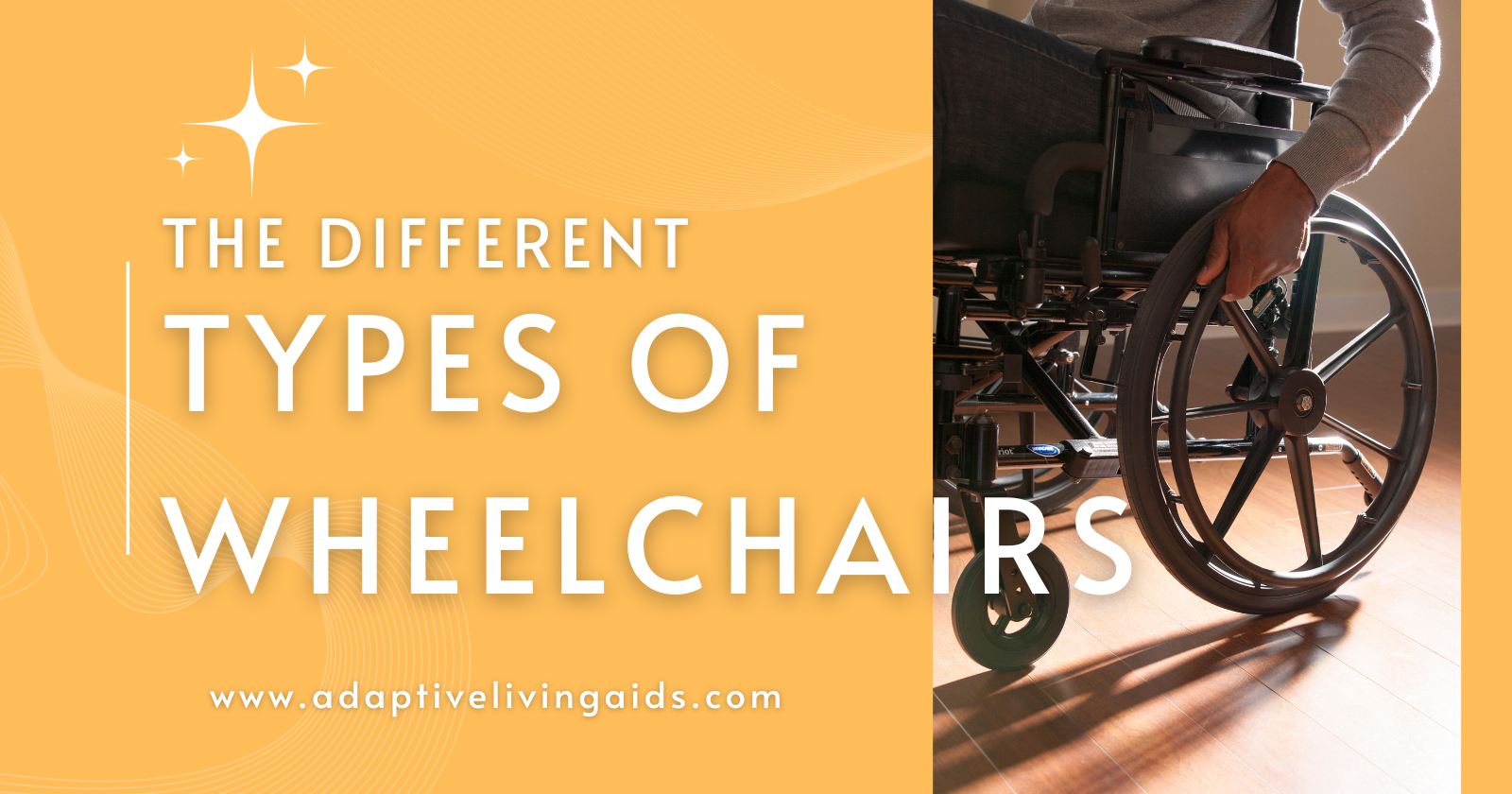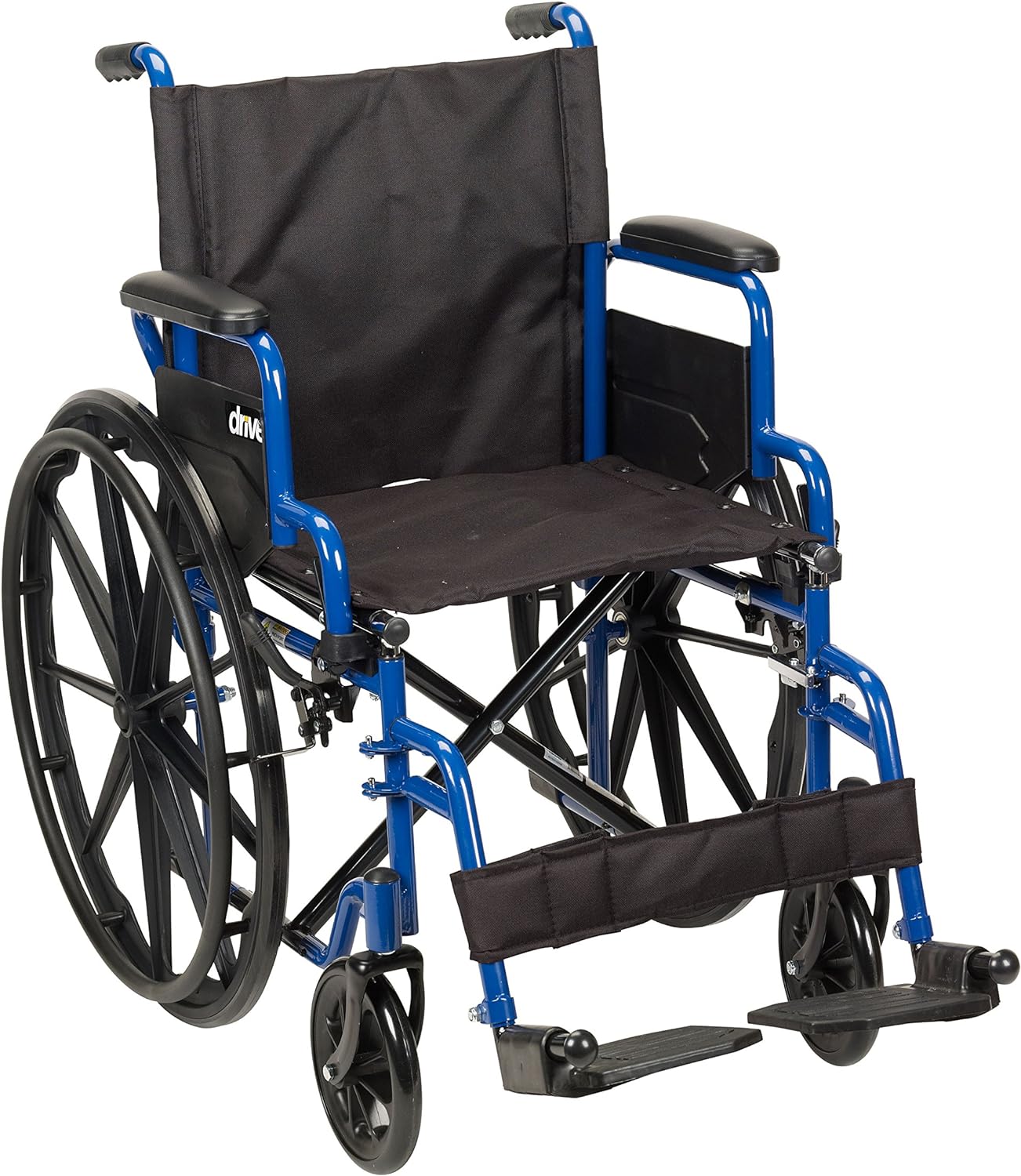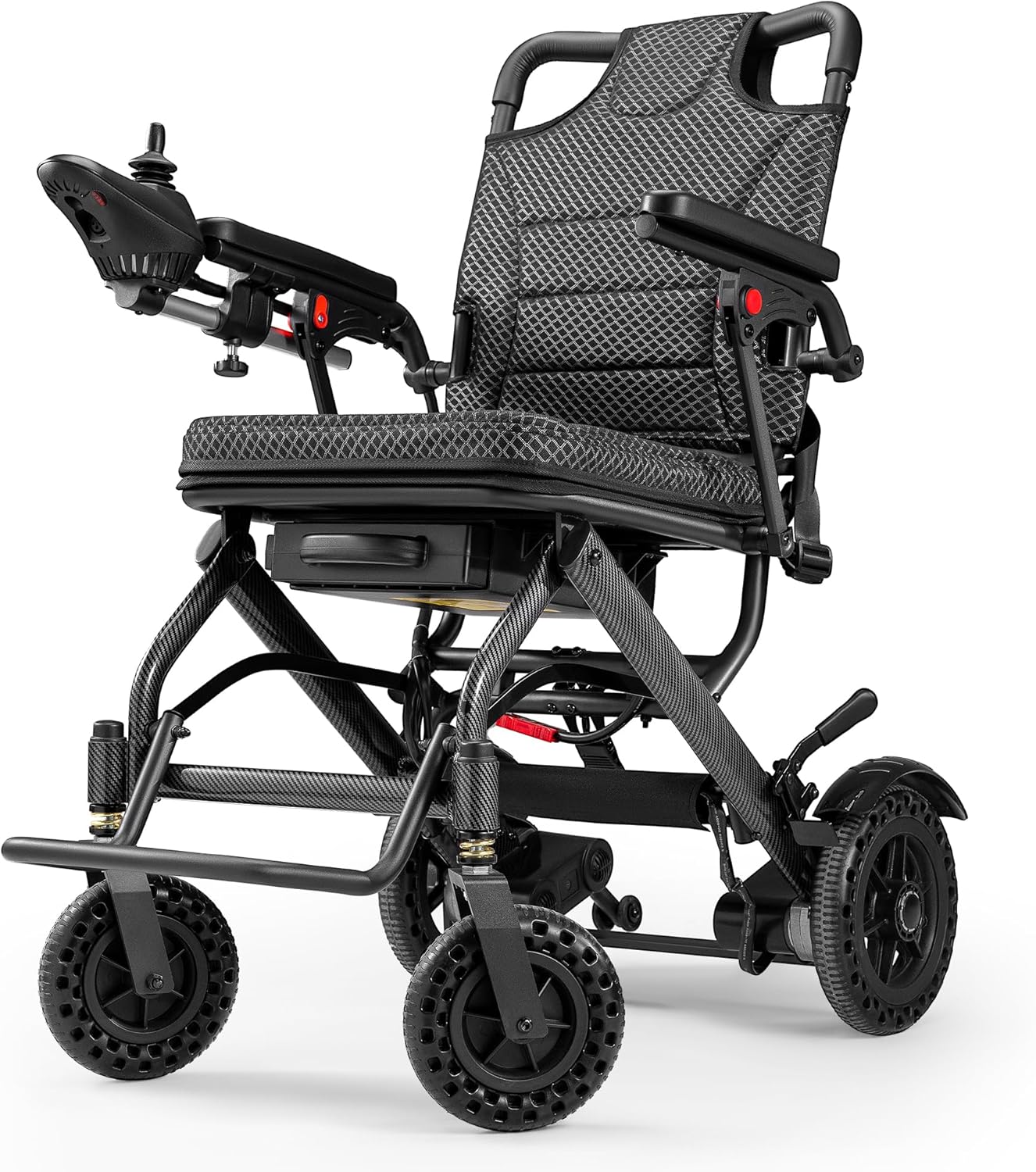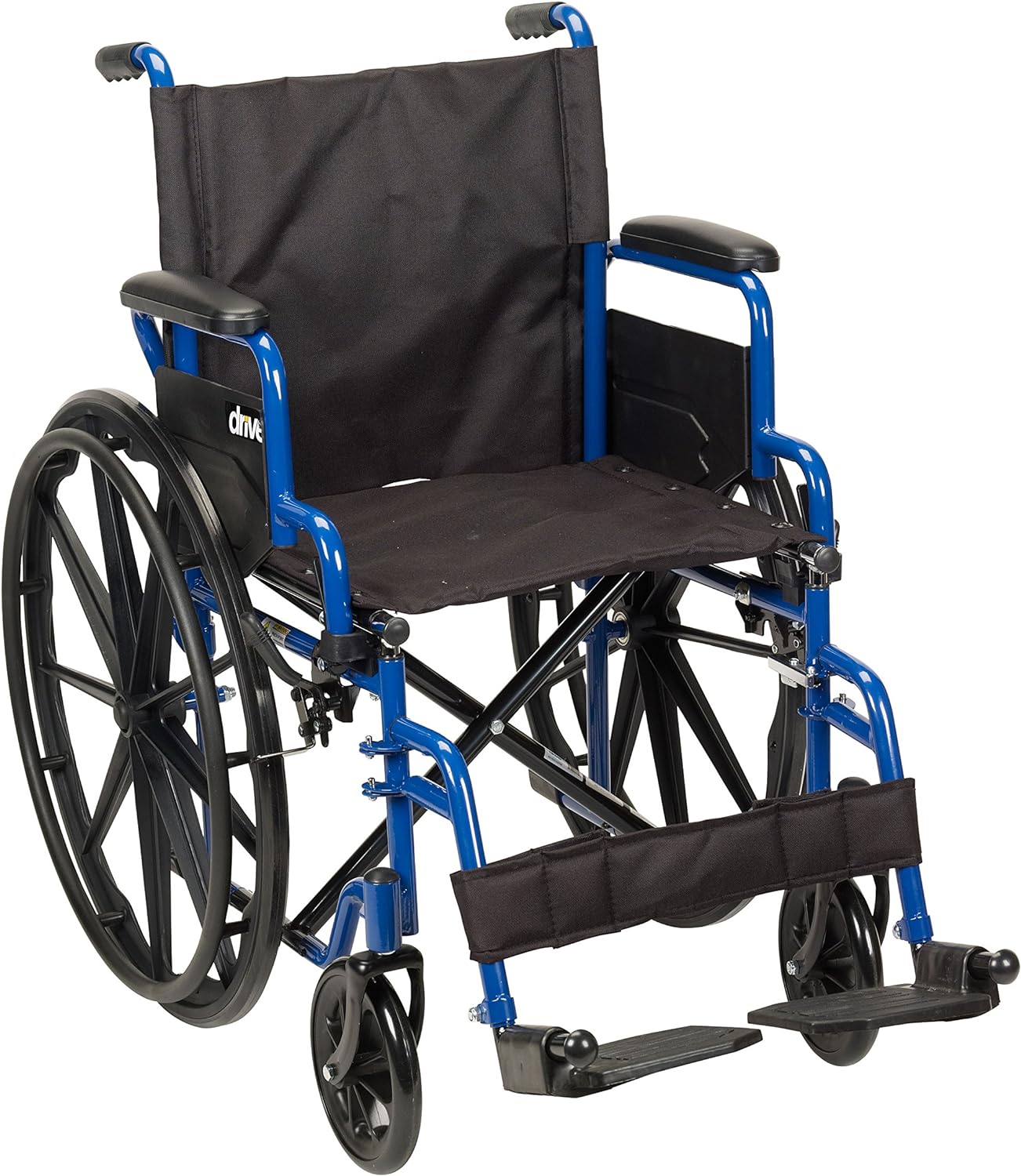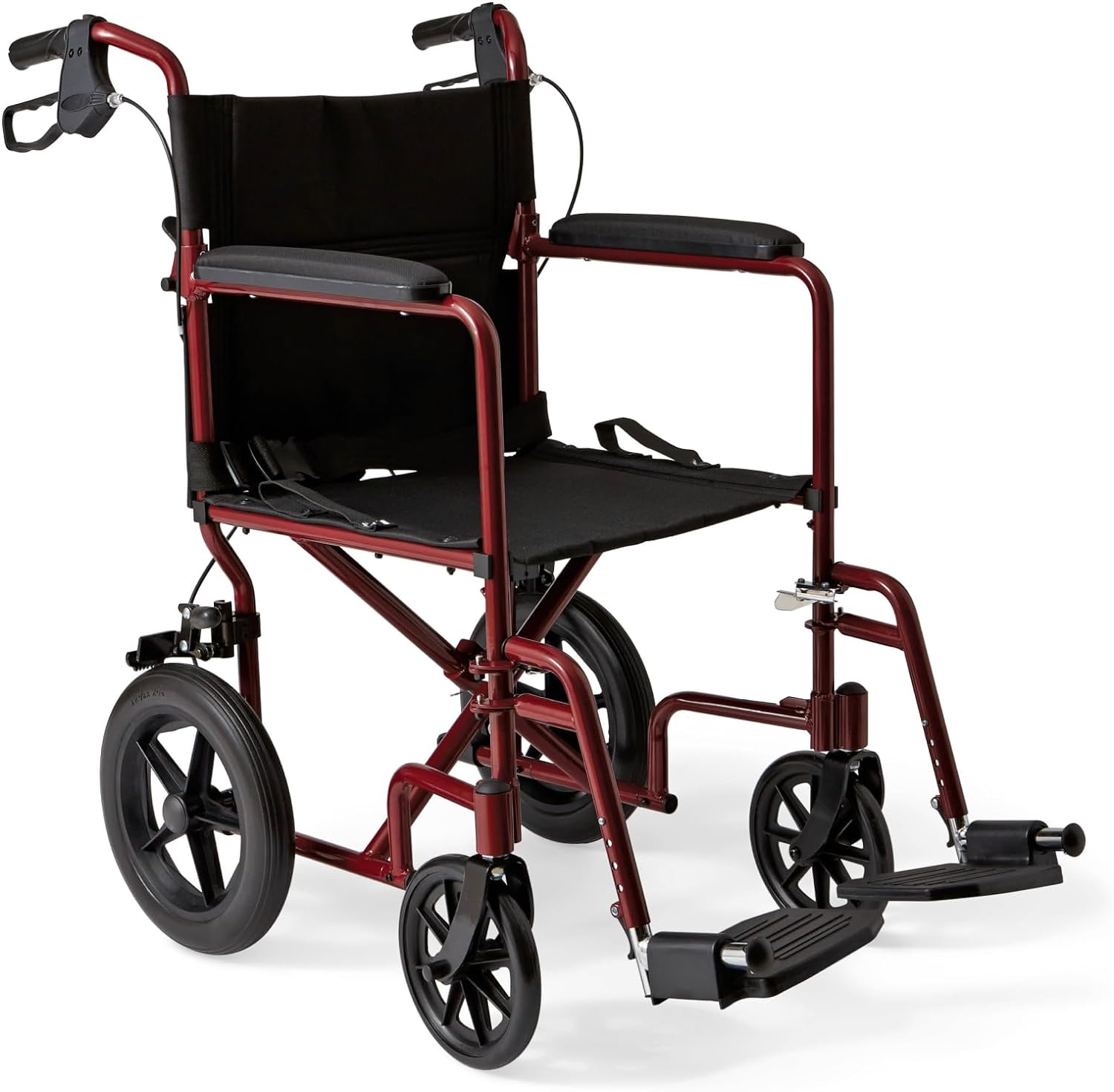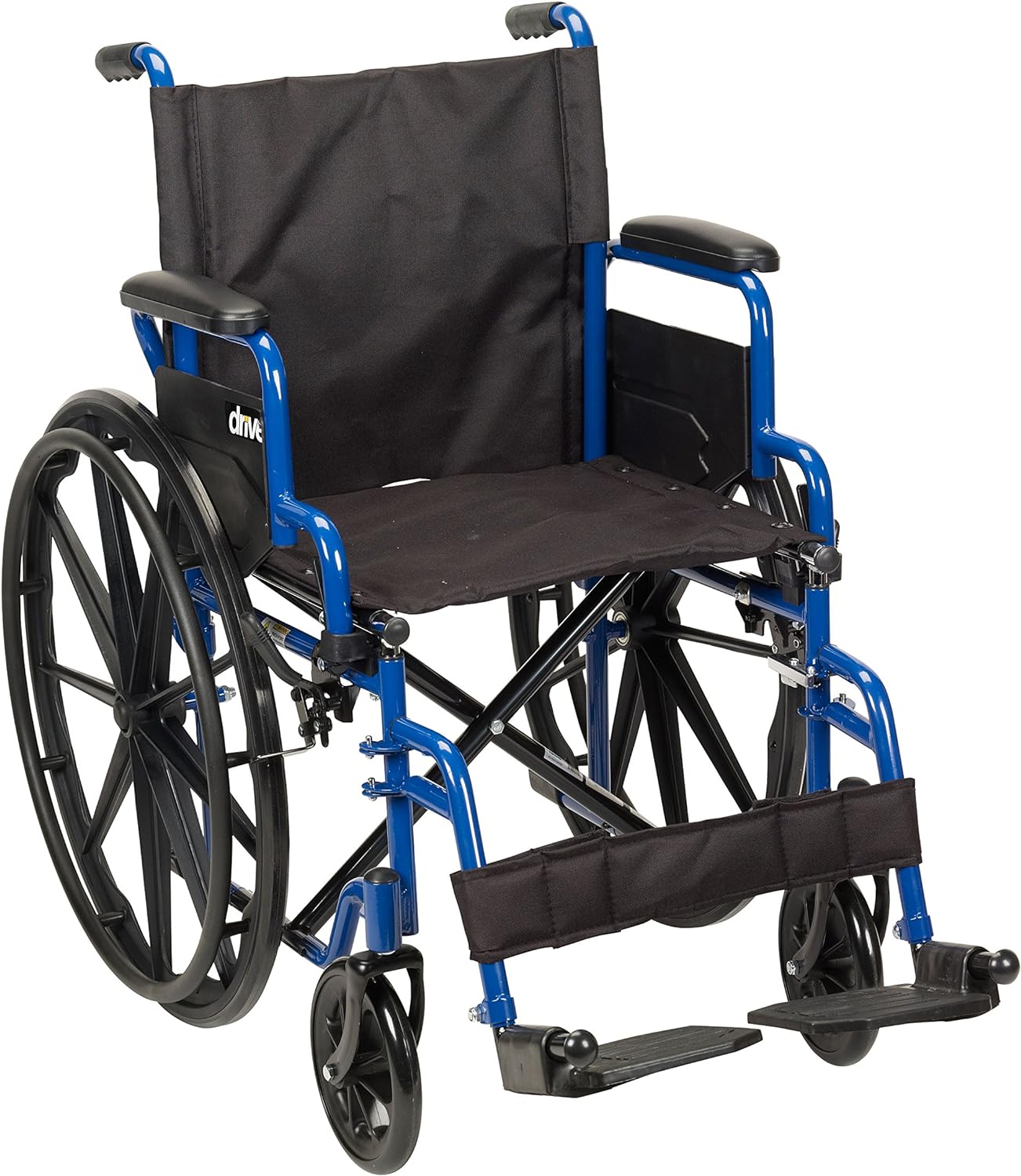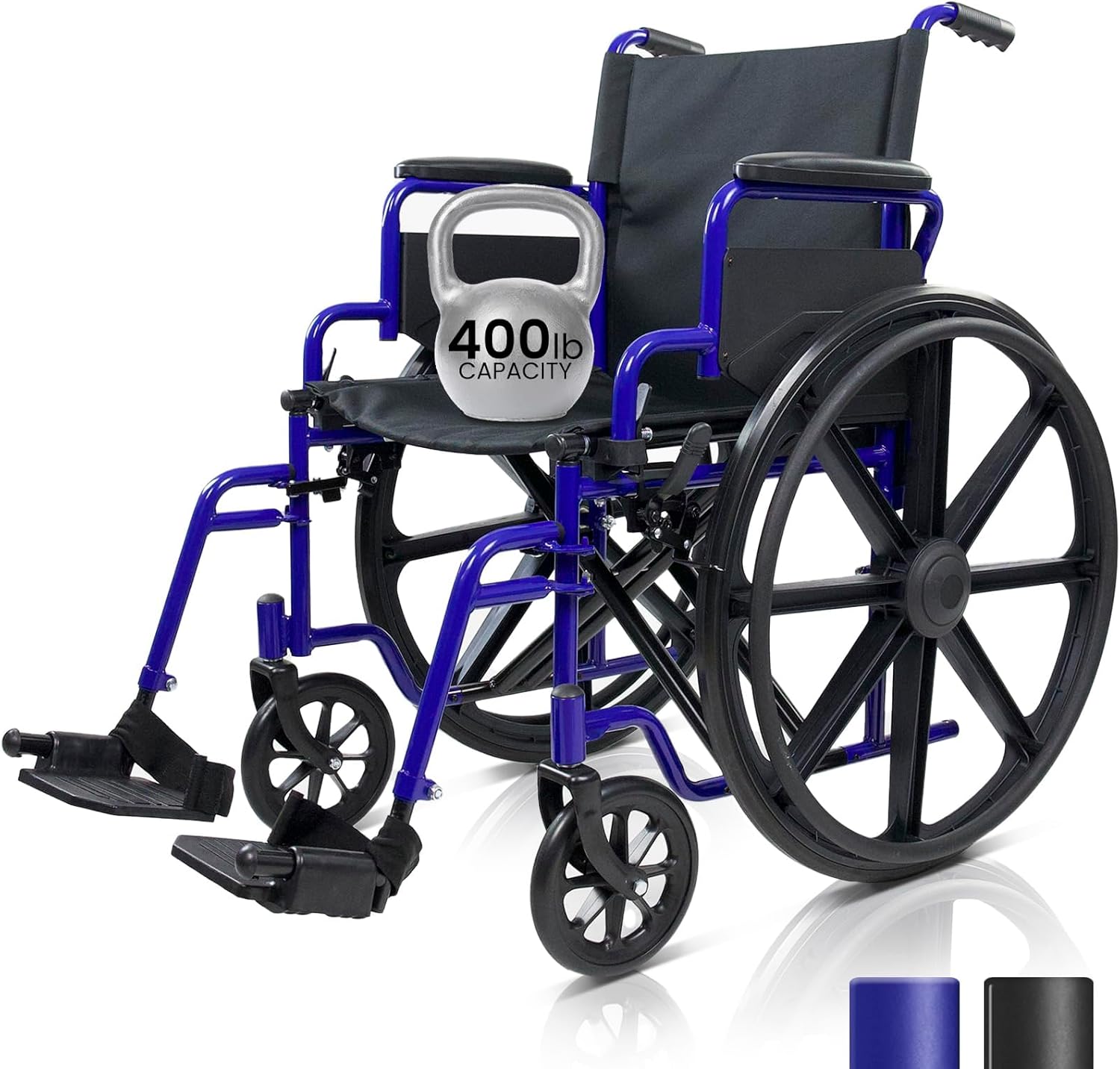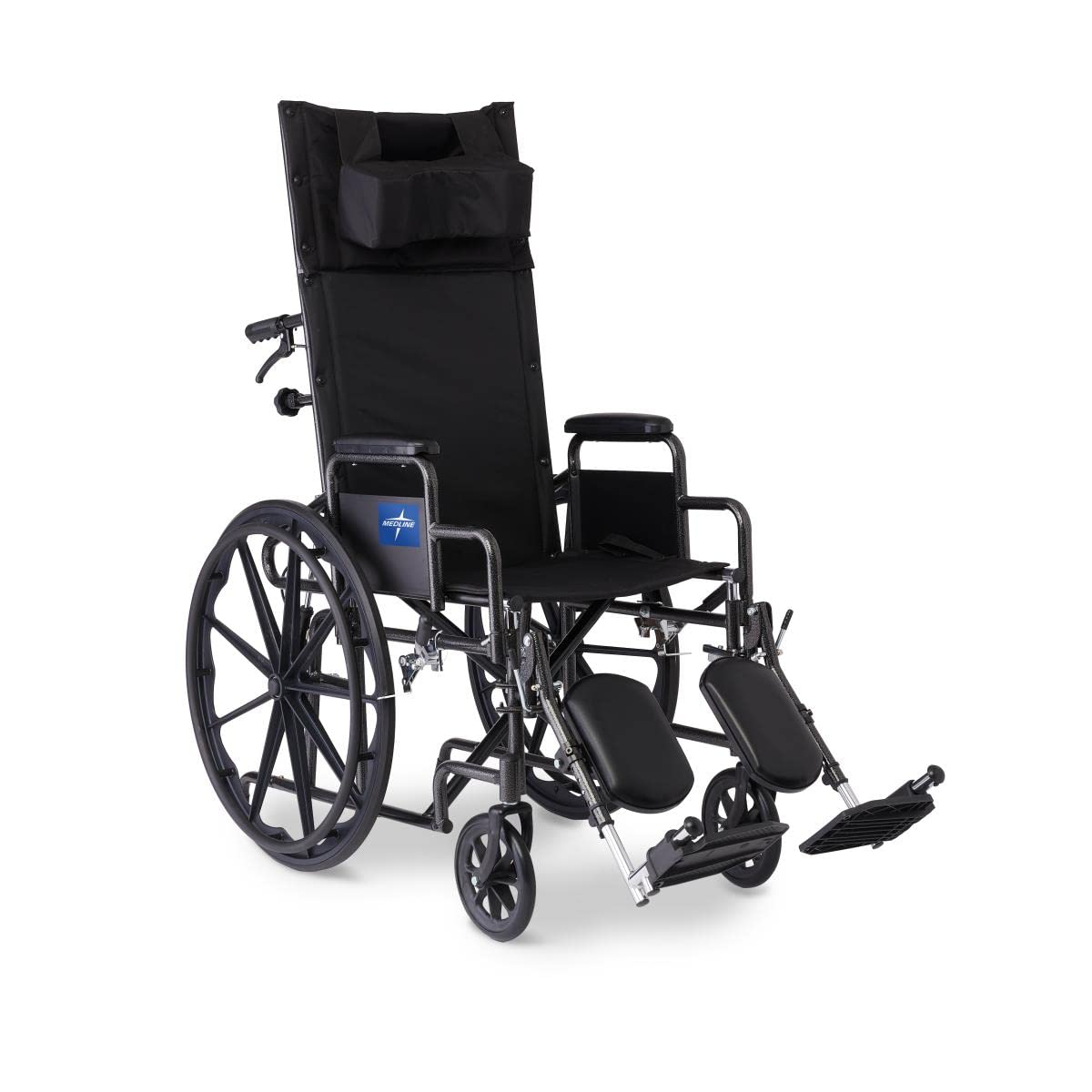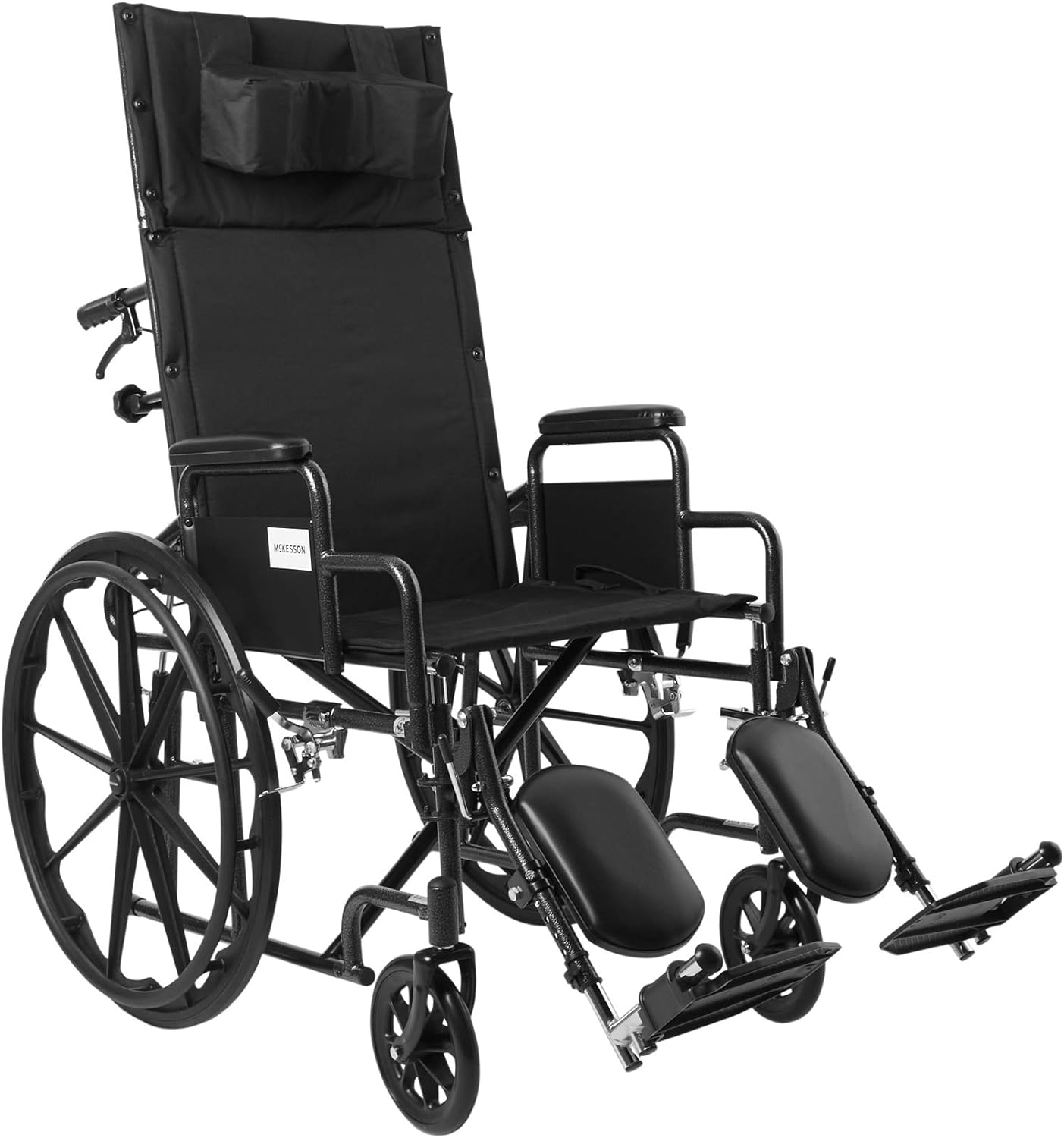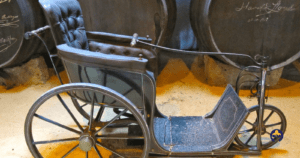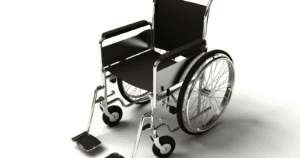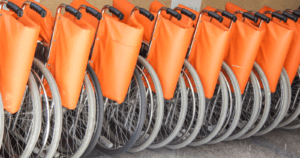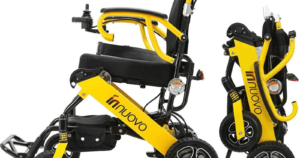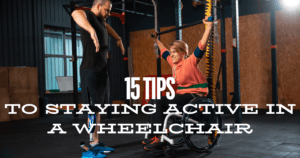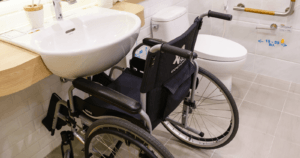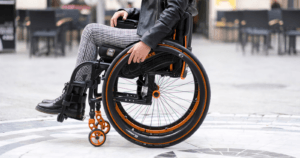Navigating the world of mobility aids can be daunting, especially with the wide array of options available. The Different Types of Wheelchairs cater to various needs and lifestyles, ranging from lightweight manual models for active users to advanced electric wheelchairs with cutting-edge technology.
Each type offers unique benefits and features, whether you’re looking for a reliable self-propelled option for daily use or a specialized wheelchair for occasional transport.
Understanding The Different Types of Wheelchairs and their specific functionalities is essential in making an informed decision that best meets your mobility requirements.
This guide will explore these diverse options, providing valuable insights to help you choose the perfect wheelchair.

So Why So Many Different Types Of Wheelchairs
The wide variety of wheelchairs available today stems from the diverse needs and lifestyles of individuals who require mobility assistance.
Each type of wheelchair is designed to cater to specific requirements, such as varying levels of physical ability, personal comfort preferences, and environmental conditions.
For instance, lightweight wheelchairs are ideal for easy transport and maneuverability, while heavy-duty models provide the strength for larger users. Additionally, specialized wheelchairs, such as those designed for sports or all-terrain use, offer enhanced functionality for active lifestyles.
Customizing wheelchairs allows users to maintain independence, participate in various activities, and improve their overall quality of life, making the diversity of wheelchair types essential in meeting each individual’s unique needs.
1) Manual Wheelchairs
Manual wheelchairs are the most common type of mobility device. You push them yourself or have someone push you. They come in different styles to fit your needs.
The standard manual wheelchair has large back wheels and smaller front wheels. It is moved by pushing the handrails on the back wheels. This type works well for many people.
Lightweight wheelchairs are easier to lift and transport. They’re great if you travel often or need to put the chair in a car. Some even fold up for easy storage.
Sports wheelchairs are made for active users. They have special features for playing basketball, tennis, or racing. These chairs are very lightweight and responsive.
Reclining wheelchairs let you change your position. This helps prevent pressure sores and can make you more comfortable. Some even tilt to redistribute your weight.
Bariatric wheelchairs are built for larger users. They have wider seats and stronger frames to support more weight, ensuring comfort and safety for heavier individuals.

2) Power Wheelchairs
Power wheelchairs move using electric motors and batteries. You control them with a joystick or other device. They’re great if you have limited arm strength or stamina.
These chairs come in different sizes and styles. Some are made for indoor use, while others can handle outdoor terrain. You can find models that weigh as little as 33 pounds for easy transport.
Power wheelchairs offer more independence. Users can travel longer distances without getting tired, and many have adjustable seats and backrests for comfort.
Some chairs have special features like tilt, reclining, or elevating leg rests. You can also get chairs with headlights for safety at night.
Most power wheelchairs can travel 10-20 miles on a single charge, which typically takes a few hours.
You’ll also find options for different body types. Bariatric power wheelchairs support higher weight capacities, often up to 700 pounds.
Just remember, power wheelchairs need more maintenance than manual ones. You’ll need to care for the battery and electric components.
3) Folding Wheelchairs
Many users choose folding wheelchairs, which offer convenience and portability. They can easily be folded up for storage or transport.
These chairs come in various designs. Some fold side-to-side, while others fold front-to-back. The folding mechanism allows the chair to fit into small spaces.
You’ll find folding wheelchairs in both manual and electric versions. Manual folding chairs are lighter and easier to lift, while electric folding chairs offer power assistance but may be heavier.
Folding wheelchairs are great for travel. You can put them in car trunks or take them on planes. They’re also handy if you have limited storage space at home.
When choosing a folding wheelchair, consider the weight. Lighter chairs are more accessible for lifting and maneuvering. Also, check the folded dimensions to ensure it fits your needs.
Some folding wheelchairs have added features, such as adjustable armrests, footrests, or seat cushions. Look for options that meet your comfort and support needs.

4) Lightweight Wheelchairs
Lightweight wheelchairs offer a balance of portability and comfort. They typically weigh between 25 to 35 pounds, making them easier to lift and transport than standard models.
These chairs are suitable for everyday use. They provide a mix of features that cater to various needs while remaining easy to maneuver.
Many lightweight wheelchairs are foldable, which is great if you need to transport them often. This feature makes them popular for people who travel or have limited storage space.
Some models, like the Quickie 2, can support up to 300 pounds while still maintaining a reduced overall weight. This makes them a good choice for users who need a higher weight capacity.
You can choose from different wheel sizes to suit your needs. Rear wheels may range from 20 to 26 inches, while front wheels can be 3 to 8 inches.
If you’re looking for an ultra-lightweight option, some models weigh as little as 19 pounds. These are ideal for occasional use or as transport chairs.
5) Bariatric Wheelchairs
Bariatric wheelchairs are specially designed for larger individuals. Depending on the model, they can support weights ranging from 300 to 1000 pounds.
Bariatric wheelchairs have wider seats and stronger frames, which ensures comfort and stability for users with larger body frames.
The chairs often have reinforced components, such as stronger wheels, armrests, and footrests, to handle extra weight safely.
Bariatric electric wheelchairs are also available. They combine the benefits of power mobility with the strength of bariatric design.
When choosing a bariatric wheelchair, consider your specific needs. Think about weight capacity, seat width, and any additional features you might require.
Some bariatric wheelchairs offer extra comfort features. These may include pressure-relieving cushions or adjustable backrests.

6) Sport Wheelchairs
Sports wheelchairs are made for athletes with disabilities. They allow you to play sports and stay active and are different from regular wheelchairs.
Sport wheelchairs are built to be light and fast. They use strong materials like aluminum or titanium. This makes it easy to move and turn quickly.
The wheels on sports chairs are angled outward. This gives you more stability when you’re moving fast. The seats are often lower and tilted back for better balance.
Many sport wheelchairs are made for specific sports. For example, basketball wheelchairs have special bumpers to protect you during the game.
Tennis wheelchairs have extra wheels in the back. This helps you reach for the ball without tipping over. Rugby chairs are built to handle hits and crashes, and they are tough to handle.
Some sports chairs can be adjusted to fit you perfectly, helping you play your best. You can change things like the seat height and backrest angle.
When you pick a sports wheelchair, consider your desired sport, your body size, and how often you’ll use it. This will help you find the right one.

7) Pediatric Wheelchairs
Pediatric wheelchairs are made for children with mobility needs. They come in different styles to fit various disabilities and activities.
You’ll find manual and powered options for kids. Manual chairs are pushed by the child or a caregiver, while powered chairs use motors and batteries.
These chairs are smaller and lighter than adult models. They often have bright colors and fun designs kids like.
Many pediatric wheelchairs can be adjusted as your child grows. This helps save money over time.
Some key types include ultra-lightweight, tilt-in-space, and stroller-style chairs. Each serves different needs.
You can add special features to help your child. These may include head supports, lap trays, or custom seating.
Sports wheelchairs are also available for active kids. These let children join in games and sports.
Shower and commode chairs help with bathing and toileting. They’re made to get wet and are easy to clean.
When picking a chair, consider your child’s size, abilities, and daily activities. A good fit helps them move freely and participate more.
8) Standing Wheelchairs
Standing wheelchairs allow users to shift from a sitting to a standing position. They offer many health benefits and can improve their quality of life.
These wheelchairs use a system of hydraulics or motors to lift you into a standing position. You can control the movement with a joystick or buttons.
Standing wheelchairs come in manual and power options. Manual ones require upper body strength to operate. Power models are easier to use but tend to be more expensive.
When you stand in these chairs, you can reach higher shelves and counters, increasing your independence in daily activities.
Standing also helps with circulation, digestion, and bone health. It can also reduce pressure sores and muscle contractions.
Different standing options are available to fit your needs. Some chairs offer full standing, while others provide partial standing support.
You’ll find standing wheelchairs with various features. Some have adjustable backrests, customizable seats, and built-in safety belts.
Before choosing a standing wheelchair, consult with your doctor or physical therapist. They can help you pick the right model for your specific needs and abilities.
 | Karman Xo202n Full Power Stand-Up Wheelchair |
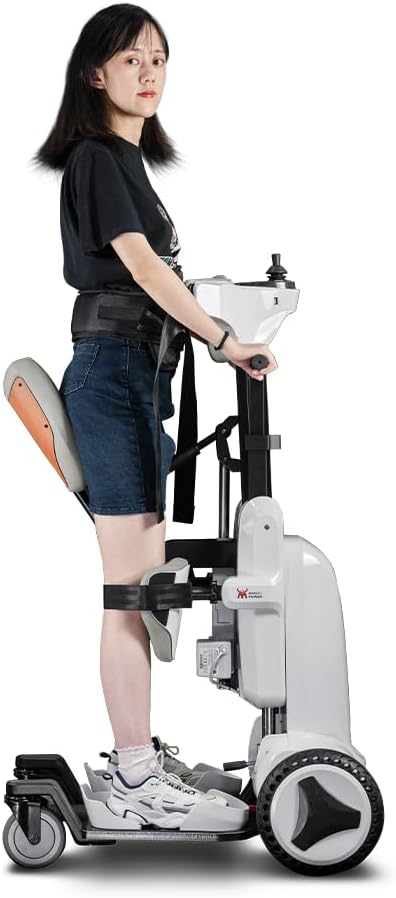 | Standing Wheelchair |

9) Reclining Wheelchairs
Reclining wheelchairs offer extra comfort and support for users who need to change positions frequently. These chairs allow you to adjust the backrest angle, providing relief from pressure and improving circulation.
Reclining wheelchairs typically have higher backs than standard models. This design helps support the head and neck when the chair is reclined. Many also come with adjustable headrests for added comfort.
Reclining wheelchairs come in manual and power-driven options. Manual versions require someone to adjust the recline angle, while power recliners let you change positions with the push of a button.
These wheelchairs are great if you spend long hours seated or have specific medical needs. They can help prevent pressure sores and provide a comfortable position for activities like eating or reading.
When choosing a reclining wheelchair, consider the weight capacity and size options. Some models can support up to 300 pounds or more, making them suitable for various body types.
Keep in mind that reclining wheelchairs are often heavier and less portable than standard models. They may not be ideal for frequent travel or tight spaces.
10) Tilt-in-Space Wheelchairs
Tilt-in-space wheelchairs offer a unique way to change your body position while seated. These chairs can tilt up to 55 degrees, allowing you to shift your weight without leaving the seat.
The main benefit of these wheelchairs is pressure relief. Changing your position can reduce the risk of pressure sores and improve blood flow. This is especially helpful if you spend long hours in your wheelchair.
Tilt-in-space chairs also aid in feeding and breathing. The tilted position can make swallowing easier and help open up your airways. Keeping your head upright can also improve your visual alignment.
These wheelchairs come in both manual and power options. Manual versions are lighter and often less expensive. Meanwhile, power tilt chairs offer more independence, as you can adjust your position without help.
When choosing a tilt-in-space wheelchair, consider the range of tilt and ease of use. Some models offer smoother tilting motion, which can be more comfortable.

Manual Wheelchairs
Manual wheelchairs offer independence and mobility for users who can self-propel or require assistance. They come in different styles to suit various needs and activities. Let’s explore the main types of manual wheelchairs.
Standard Manual Wheelchairs
Standard wheelchairs are the most common type you’ll see in hospitals and care facilities. They’re sturdy and reliable for everyday use. These chairs usually have larger rear wheels and smaller front casters.
Standard models often feature:
- Fold-up design for easy transport
- Removable armrests and footrests
- Weight capacity of 250-300 pounds
- Steel or aluminum frame
You can choose between self-propelled models with large rear wheels or transit models with smaller wheels for caregiver assistance. Standard wheelchairs work well for occasional use or short-term needs.
Lightweight Manual Wheelchairs
Lightweight wheelchairs offer greater portability and ease of use. They’re ideal if you must lift your chair often or travel frequently. These chairs typically weigh between 25 and 35 pounds.
Key features include:
- Aluminum or titanium frame
- Compact folding mechanism
- Adjustable seat and backrest
- Quick-release wheels
Lightweight manual wheelchairs are easier to propel and maneuver. They’re a good choice for active users who want more independence in their daily lives.
Sports Wheelchairs
Sports wheelchairs are designed for athletic activities and competitions. They’re highly customizable to fit your body and sports requirements. These chairs are lightweight and offer superior stability and agility.
Common features of sports wheelchairs:
- Rigid frame for better energy transfer
- Angled wheels for quick turns
- Specialized seating for your sport
- Anti-tip devices for safety
Specific basketball, tennis, racing, and other sports designs will be found. Sports wheelchairs help you stay active and competitive, whether a casual player or a serious athlete.
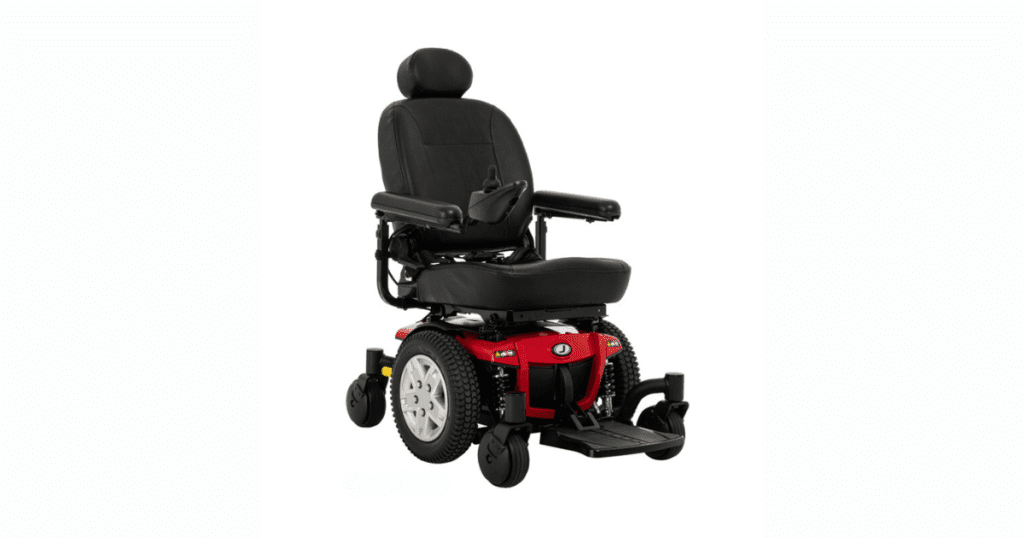
Powered Wheelchairs
Powered wheelchairs offer motorized mobility for those with limited arm strength. These chairs come in three main drive configurations, each with unique handling characteristics and benefits for users and environments.
Rear-Wheel Drive Wheelchairs
Rear-wheel drive-powered wheelchairs are known for their stability and speed. They excel on outdoor terrain and handle bumps well. These chairs have large drive wheels at the back and smaller caster wheels in front.
Rear-wheel models are easier to maneuver at higher speeds. They perform best on flat surfaces and gentle slopes. The longer wheelbase provides good balance, reducing the risk of tipping.
One drawback is the wider turning radius. You might find it tricky to navigate tight indoor spaces. But for outdoor use and straight-line travel, rear-wheel drive-powered wheelchairs are a solid choice.
Mid-Wheel Drive Wheelchairs
Mid-wheel drive wheelchairs offer the tightest turning radius. The main drive wheels sit directly under you, with smaller wheels at the front and back for balance.
You’ll appreciate the easy maneuverability in tight spaces. These chairs excel indoors, allowing you to turn on a dime. The centered drive wheels provide a smooth, intuitive ride.
Mid-wheel models climb obstacles well but may feel less stable on uneven ground. You might notice a slight rocking motion on bumpy surfaces. Mid-wheel drive chairs are hard to beat for indoor use and smooth outdoor paths.
Front-Wheel Drive Wheelchairs
Front-wheel-drive powered wheelchairs offer excellent obstacle-climbing ability. The large drive wheels at the front easily pull the chair over bumps and thresholds.
These chairs handle rough terrain well. They provide good traction on grass and gravel. The front-wheel configuration also allows for a compact base, making them suitable for indoor and outdoor use.
However, steering takes some time as the chair pivots from the front. You might notice a wider turning radius compared to mid-wheel models. Front-wheel drive chairs are worth considering for users who frequently navigate uneven surfaces.
Wrapping Up
The extensive range of wheelchair types available today highlights the importance of meeting the unique and varied needs of individuals requiring mobility assistance.
From lightweight and foldable models for easy transportation to robust, heavy-duty options for enhanced support, each wheelchair type offers distinct features tailored to specific situations and preferences.
This diversity ensures that users can find the perfect wheelchair to match their lifestyle, enhancing their independence and quality of life.
By understanding the different types of wheelchairs, we can better appreciate the innovations and thoughtful designs that empower individuals to navigate their world with greater ease and confidence.
